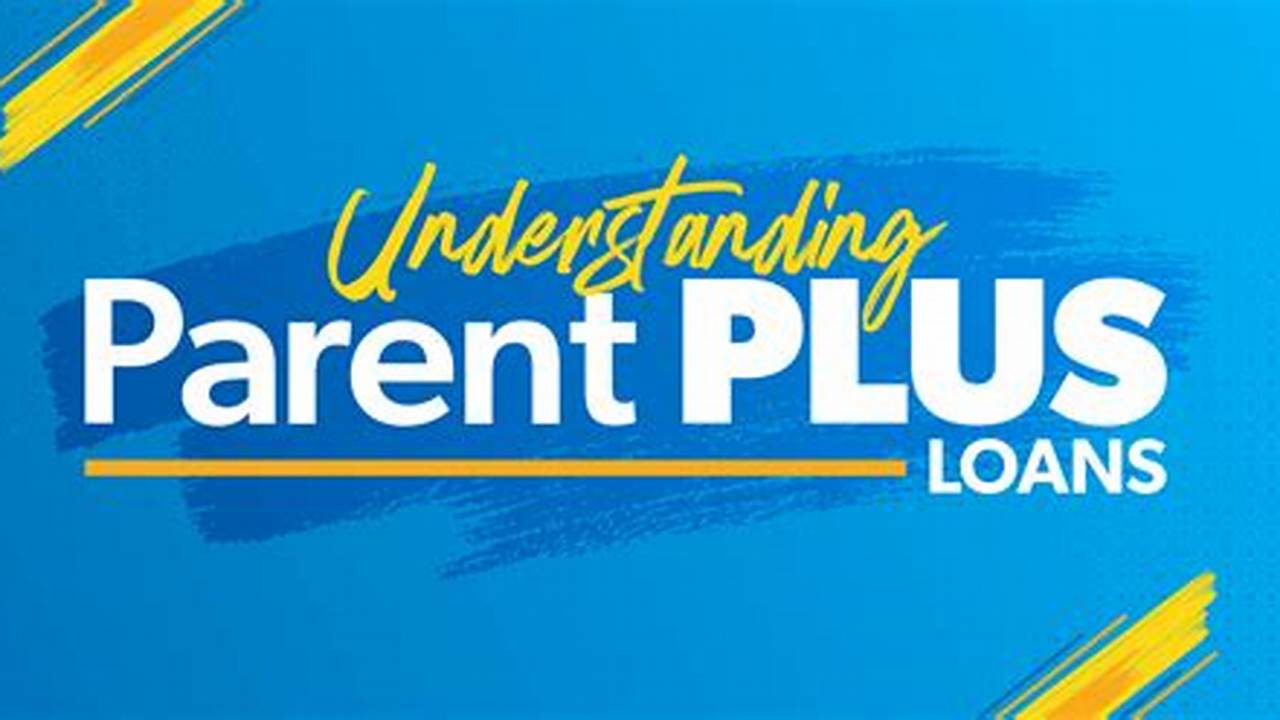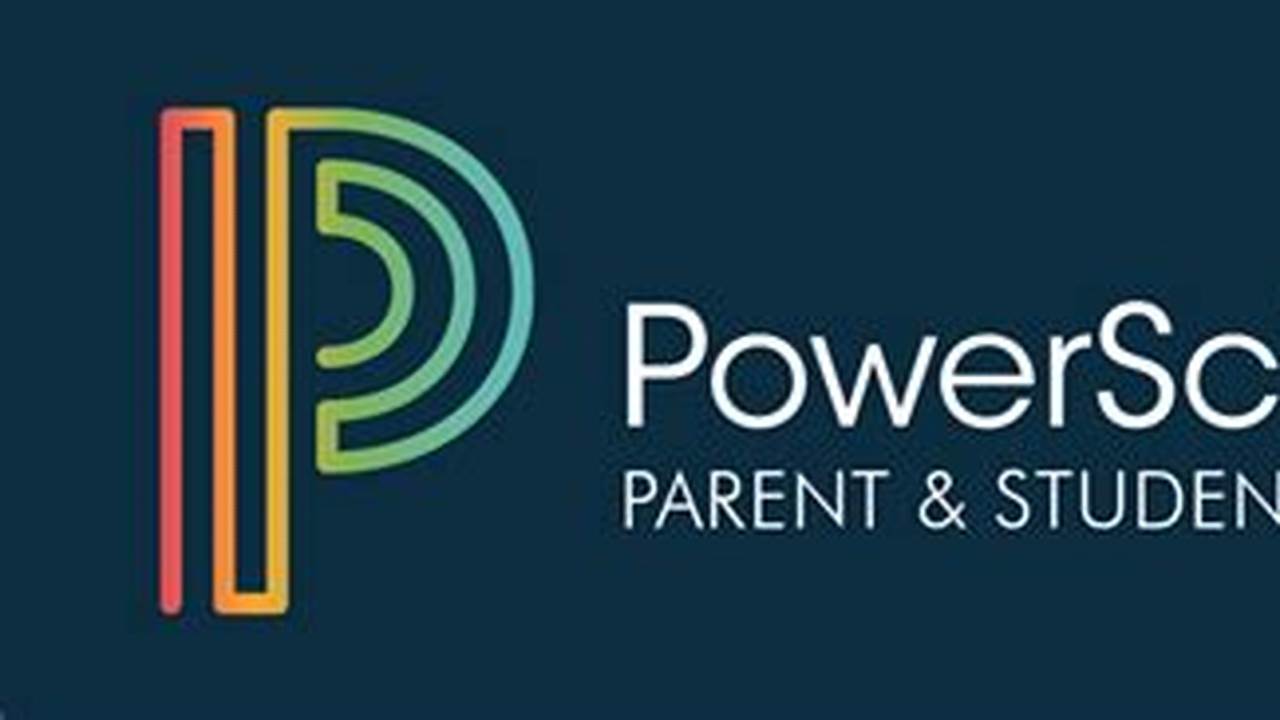Federal Parent PLUS Loans offer a financing avenue for parents of dependent undergraduate students to cover educational expenses not met by other financial aid. These loans provide access to substantial funds, potentially covering the full cost of attendance minus any other aid received. However, they carry specific eligibility requirements and considerations that families should carefully evaluate.
Key Considerations for Parent PLUS Loans
Eligibility hinges on the parent borrower’s credit history and the student’s enrollment in an eligible program at least half-time.
Interest Rates and Fees
Interest rates are fixed for the life of the loan and are typically higher than rates for Direct Subsidized and Unsubsidized Loans. Origination fees are also charged.
Repayment Options
Repayment typically begins shortly after the loan is fully disbursed, although deferment options may be available while the student is enrolled at least half-time.
Loan Limits
The maximum loan amount is the cost of attendance minus other financial aid received.
Credit Check Requirement
A credit check is required, and adverse credit history may impact eligibility. An endorser or alternative loan may be necessary in such cases.
Impact on Parent’s Credit
Taking on a Parent PLUS Loan impacts the parent’s credit score and debt-to-income ratio, influencing future borrowing potential.
Alternative Financing Options
Exploring scholarships, grants, and private student loans is crucial before considering Parent PLUS Loans.
Financial Aid Counseling
Completing financial aid counseling is essential for understanding loan obligations and responsibilities.
Long-Term Financial Planning
Careful budgeting and long-term financial planning are vital for managing Parent PLUS Loan repayment effectively.
Dependent Student Status
The student must be considered a dependent undergraduate student to qualify for a Parent PLUS Loan.
Tips for Navigating Parent PLUS Loans
Tip 1: Exhaust all other financial aid options, including scholarships and grants, before considering a Parent PLUS Loan.
Tip 2: Carefully review the loan terms, including interest rates, fees, and repayment options.
Tip 3: Develop a realistic repayment plan that aligns with the family’s budget.
Tip 4: Consider the long-term impact of the loan on the parent’s financial health.
Frequently Asked Questions
Is a cosigner required for a Parent PLUS Loan?
A cosigner is not typically required unless the parent borrower has adverse credit history. In such cases, an endorser may be necessary.
What happens if the parent cannot repay the loan?
Defaulting on a Parent PLUS Loan has serious consequences, including damage to credit scores and potential wage garnishment. Contact the loan servicer immediately to discuss options if repayment becomes difficult.
Can the student be responsible for repaying the loan?
While the parent is the borrower, the student can certainly contribute to repayment, although they are not legally obligated.
Can a Parent PLUS Loan be consolidated with other federal loans?
Yes, Parent PLUS Loans can be consolidated with other federal education loans through a Direct Consolidation Loan.
What are the deferment and forbearance options for Parent PLUS Loans?
Deferment and forbearance options may be available under certain circumstances, such as the student’s enrollment in school or economic hardship. Contact the loan servicer for details.
How does the interest rate on a Parent PLUS Loan compare to other student loan options?
Parent PLUS Loans typically have higher interest rates than Direct Subsidized and Unsubsidized Loans.
Understanding the intricacies of Parent PLUS Loans is paramount for informed decision-making. Thorough research and careful financial planning are essential for maximizing the benefits and mitigating the potential risks associated with these loans.


